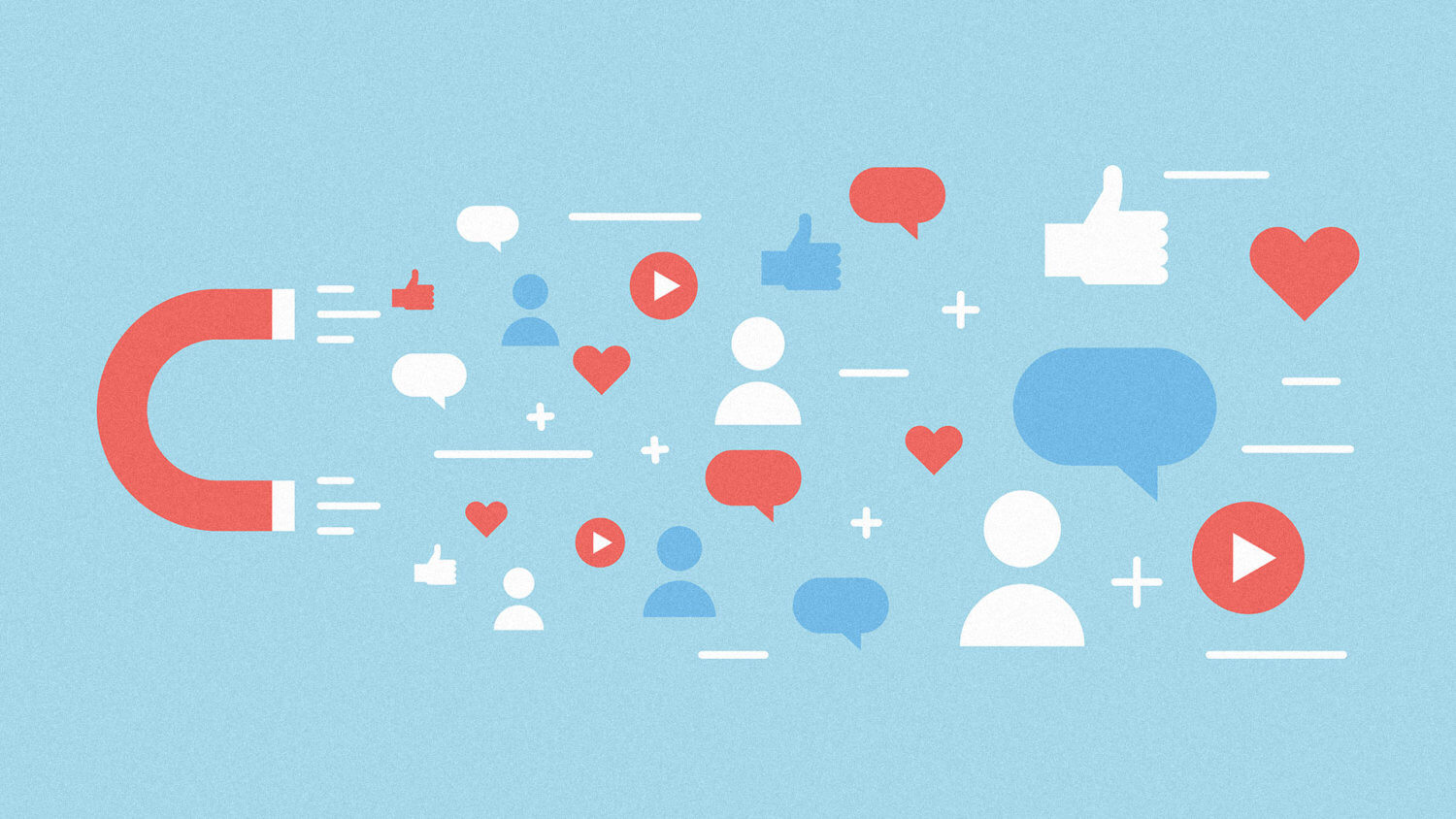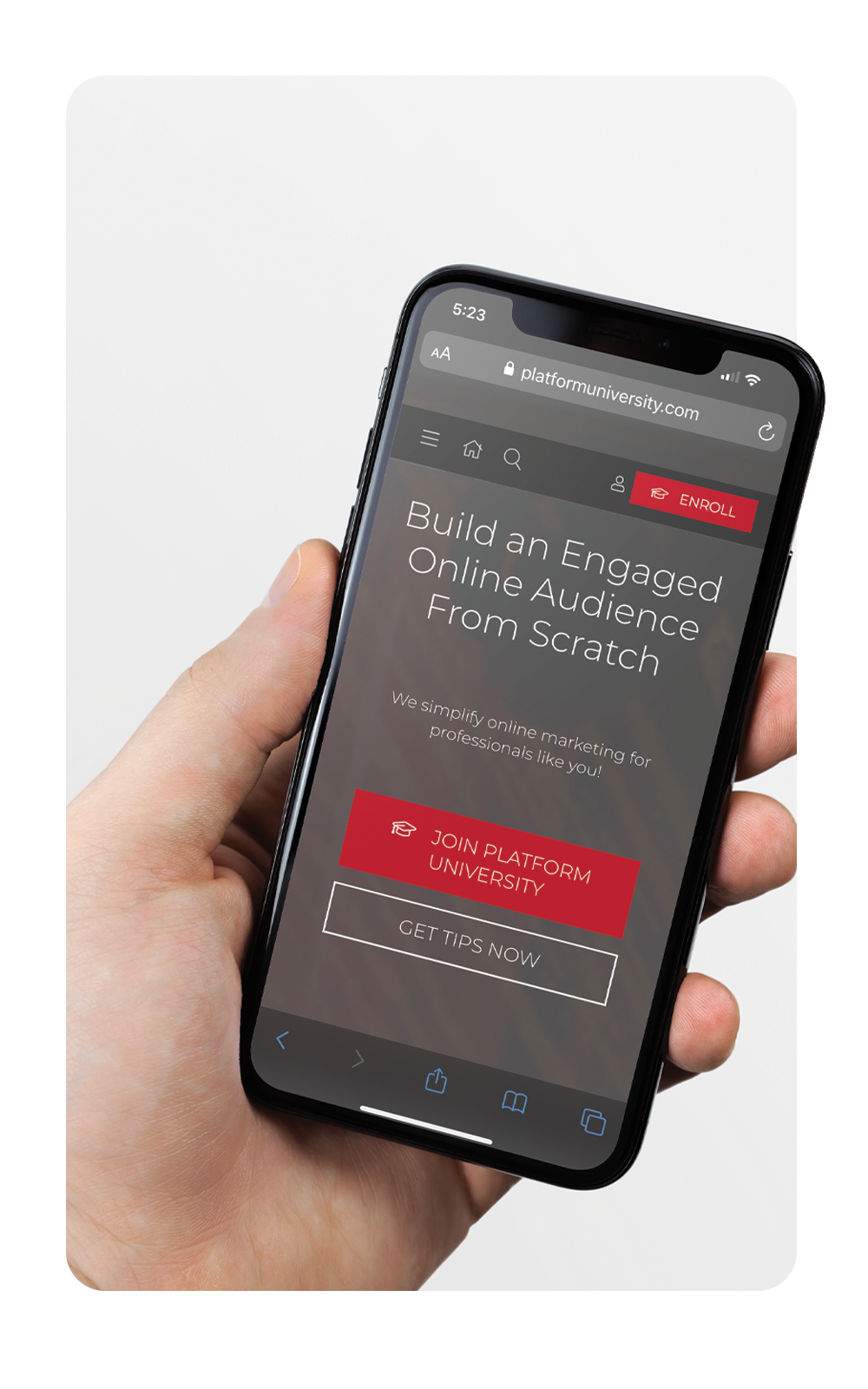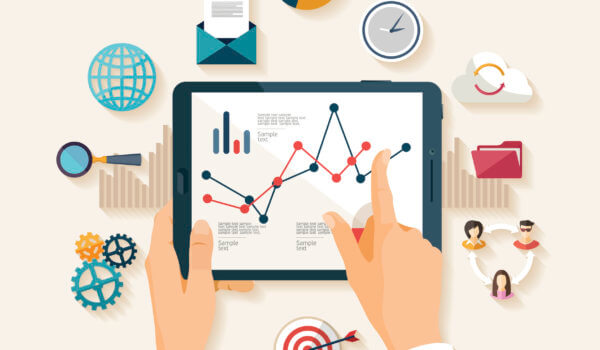When we were kids, the word “different” was essentially an insult. With maturity, we come to understand that our differences are often our greatest strengths.
Different is good. For a platform, different can be the difference between life and death. Because if every platform were the same, no one could find what they were looking for.

Supersize Your Identity
Think back on the last time you took a long car trip. Inevitably, you look down at the gas gauge and start scanning the horizon for the next exit. Nondescript squares and rectangles emerge in the distance until you see it. It’s not a sign for a gas station. Instead, the first pattern your eyes can discern on the horizon is a golden-yellow letter m. Where there’s food, there’s usually gas, and whether you eat or not, you know there’s an exit ahead.
McDonald’s dual golden arch is among the most recognized brand identities on the planet. Visually, it is so distinctive that even McDonald’s has recently run ads in which the full logo doesn’t even appear. Just a piece of the logo is enough because there is simply no other sign on a crowded highway or street that communicates more with less effort.

Try Platform University!
Want to give Platform University (your one-stop shop for building an online audience) a spin? Get your first week of Platform University for just $1. Cancel anytime. Try Platform University for Just $1The same is true with Apple. A simple 2D icon of a once-bitten fruit invokes a long string of sleek designs and genius innovations. But Apple’s rise to become one the most profitable companies in the world is about so much more than a logo. The Cupertino-based outfit sits in a crowded field of technological competitors. What sets Apple apart is their inherent knack for always doing things differently. It was even their tagline for several years: Think Different. It was effective because it was true, and today they boast nearly $60 billion a year in profit as proof.
Even McDonalds built its reputation on being different. In the early 1950s, drive-up hamburger restaurants were often dirty and attracted a rough clientele. But when businessman Ray Kroc walked into a state-of-the-art restaurant run by the McDonald brothers, he caught a vision of a new type of restaurant: clean, friendly, and above all, fast.
For Apple, McDonald’s, and countless other companies, being different in a crowded marketplace was the key to success.
Magnets Work Both Ways
If you want to build a loyal audience, you need to stand out. You need a magnetic brand identity. But magnets don’t just attract the right energy, they also repel with near-equal strength. In other words, communicating a magnetic brand identity means revealing enough clarity on who you help and how you help them that you attract and repel people you interact with online.
The inverse is true too. If you aren’t repelling anyone, your brand isn’t strong enough―you’re trying to attract a following with a weak magnet, which never works well.
If you aren’t repelling anyone, your brand isn’t strong enough.
The Brand Identity Formula
Once you’re ready to build that magnetic brand, the question is… how do you do it? You don’t need to be offensive or rude, but you do need to attract some people and turn other people away―you can’t build a loyal audience with a brand built for everyone.
Here’s the formula we use to create a Unique Value Proposition statement that provides direction on any personal brand:
- I am [insert your professional identity],
- I help [insert your target audience],
- do or understand [insert your unique solution],
- so [insert your promised transformation].
For example, Michael Hyatt (Platform University’s founder) has a Unique Value Proposition statement that currently reads:
I am a leadership mentor helping overwhelmed, successful leaders get the focus they need to win at work and succeed at life.
Take a moment to consider all the ways the brands you see every day attract and repel different types of people.
What kind of magnet do you want your platform to be?



